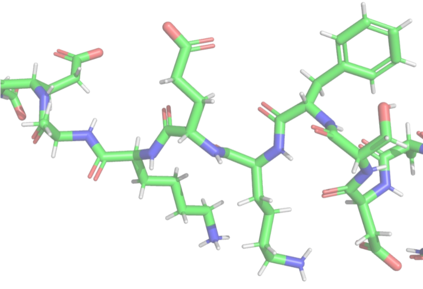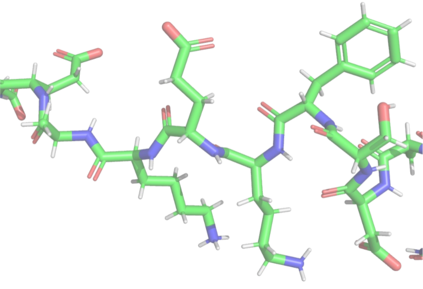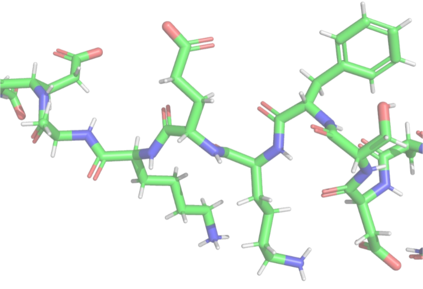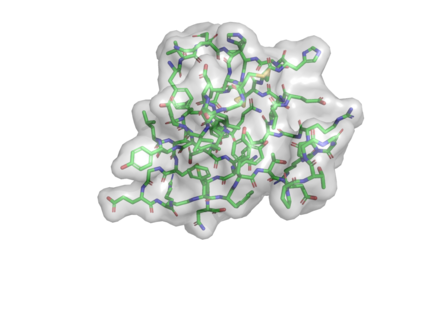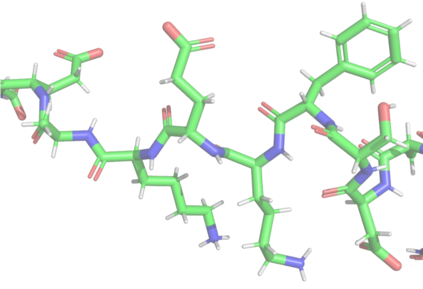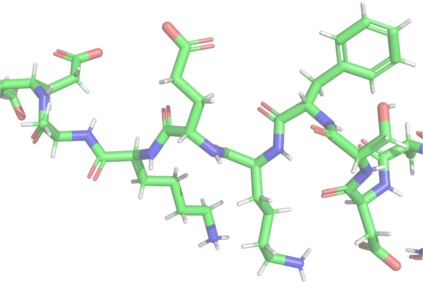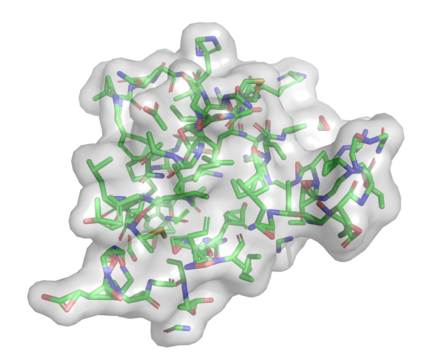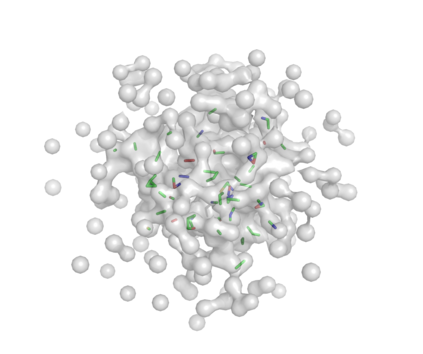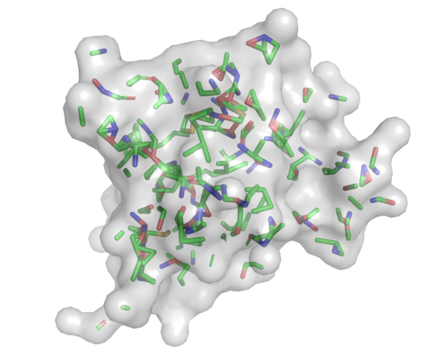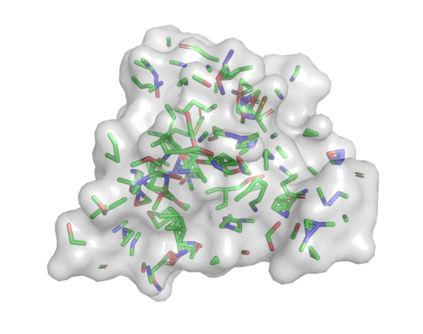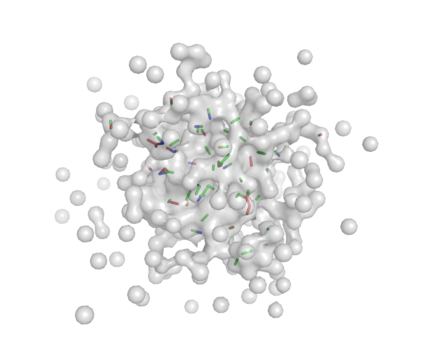Learning effective protein representations is critical in a variety of tasks in biology such as predicting protein functions. Recent sequence representation learning methods based on Protein Language Models (PLMs) excel in sequence-based tasks, but their direct adaptation to tasks involving protein structures remains a challenge. In contrast, structure-based methods leverage 3D structural information with graph neural networks and geometric pre-training methods show potential in function prediction tasks, but still suffers from the limited number of available structures. To bridge this gap, our study undertakes a comprehensive exploration of joint protein representation learning by integrating a state-of-the-art PLM (ESM-2) with distinct structure encoders (GVP, GearNet, CDConv). We introduce three representation fusion strategies and explore different pre-training techniques. Our method achieves significant improvements over existing sequence- and structure-based methods, setting new state-of-the-art for function annotation. This study underscores several important design choices for fusing protein sequence and structure information. Our implementation is available at https://github.com/DeepGraphLearning/ESM-GearNet.
翻译:暂无翻译


